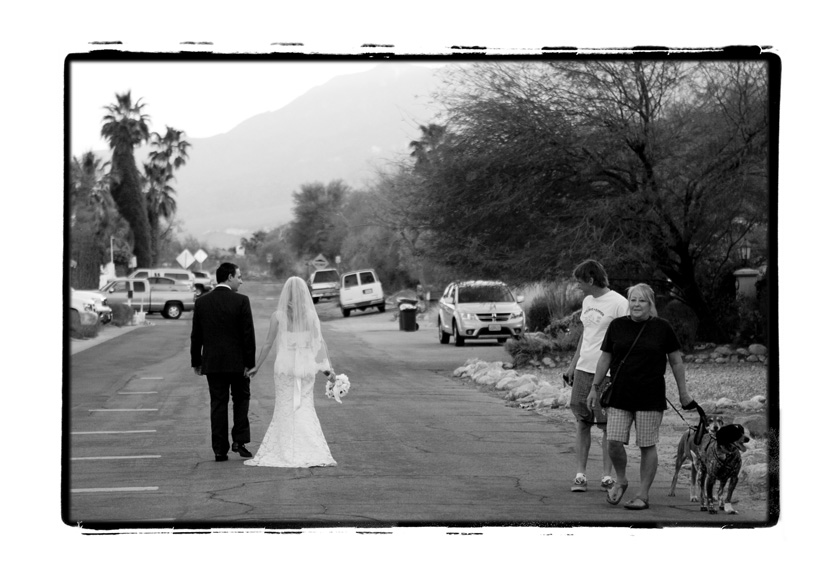Amazing Islamic Pictures Definition
Source(Google.com.pk)Islam (English pron.: /ˈɪslɑːm/;[note 1] Arabic: الإسلام al-Islām IPA: [ælʔɪsˈlæːm] ( listen)[note 2]) is a monotheistic and Abrahamic religion articulated by the Qur'an, a book considered by its adherents to be the verbatim word of God (Arabic: الله Allāh) and by the teachings and normative example (called the Sunnah and composed of Hadith) of Muhammad, considered by them to be the last prophet of God. An adherent of Islam is called a Muslim.
Muslims believe that God is one and incomparable and the purpose of existence is to love and serve God.[1] Muslims also believe that Islam is the complete and universal version of a primordial faith that was revealed at many times and places before, including through Abraham, Moses and Jesus, whom they consider prophets.[2] They maintain that the previous messages and revelations have been partially misinterpreted or altered over time,[3] but consider the Arabic Qur'an to be both the unaltered and the final revelation of God.[4] Religious concepts and practices include the five pillars of Islam, which are basic concepts and obligatory acts of worship, and following Islamic law, which touches on virtually every aspect of life and society, providing guidance on multifarious topics from banking and welfare, to warfare and the environment.[5][6]
Most Muslims are of two denominations, Sunni (75–90%),[7] or Shia (10–20%).[8] About 13% of Muslims live in Indonesia,[9] the largest Muslim-majority country, 25% in South Asia,[9] 20% in the Middle East,[10] and 15% in Sub-saharan Africa.[11] Sizable minorities are also found in China, Russia, and the Americas. Converts and immigrant communities are found in almost every part of the world (see Islam by country). With about 1.57 billion followers or 23% of earth's population,[11][12][13] Islam is the second-largest religion and one of the fastest-growing religions in the world.[14][15][16][17][18][19][20]
Etymology and meaning
Islam is a verbal noun originating from the triliteral root s-l-m which forms a large class of words mostly relating to concepts of wholeness, safeness and peace.[21] In a religious context it means "voluntary submission to God".[22][23] Muslim, the word for an adherent of Islam, is the active participle of the same verb of which Islām is the infinitive. Believers demonstrate submission to God by serving God, following his commands, and rejecting polytheism. The word sometimes has distinct connotations in its various occurrences in the Qur'an. In some verses, there is stress on the quality of Islam as an internal conviction: "Whomsoever God desires to guide, He expands his breast to Islam."[24]
Other verses connect islām and dīn (usually translated as "religion"): "Today, I have perfected your religion (dīn) for you; I have completed My blessing upon you; I have approved Islam for your religion."[25] Still others describe Islam as an action of returning to God—more than just a verbal affirmation of faith.[26] In the Hadith of Gabriel, islām is presented as one part of a triad that includes imān (faith), and ihsān (excellence), where islām is defined theologically as Tawhid, historically by asserting that Muhammad is messenger of God, and doctrinally by mandating five basic and fundamental pillars of practice.[27][28]
Articles of faith
God
Main articles: Allah and God in Islam
Islam's most fundamental concept is a rigorous monotheism, called tawhīd (Arabic: توحيد). God is described in chapter 112 of the Qur'an as:[29] "Say: He is God, the One and Only; God, the Eternal, Absolute; He begetteth not, nor is He begotten; And there is none like unto Him."(112:1-4) Muslims and Jews repudiate the Christian doctrine of the Trinity and divinity of Jesus, comparing it to polytheism. In Islam, God is beyond all comprehension and Muslims are not expected to visualize God.[30][31][32][33] God is described and referred to by certain names or attributes, the most common being Al-Rahmān, meaning "The Compassionate" and Al-Rahīm, meaning "The Merciful" (See Names of God in Islam).[34]
Angels
Main article: Islamic view of angels
Belief in angels is fundamental to the faith of Islam. The Arabic word for angel (Arabic: ملك malak) means "messenger", like its counterparts in Hebrew (malakh) and Greek (angelos). According to the Qur'an, angels do not possess free will, worship and obey God in total obedience. Angels' duties include communicating revelations from God, glorifying God, recording every person's actions, and taking a person's soul at the time of death. Muslims believe that angels are made of light. They are described as "messengers with wings—two, or three, or four (pairs): He [God] adds to Creation as He pleases..."[41]
Prophets
Main article: Prophets in Islam
Muslims identify the prophets of Islam (Arabic: أنبياء anbiyaʼ ) as those humans chosen by God to be his messengers. According to the Qurʼan, the descendants of Abraham were chosen by God to bring the "will of God" to the peoples of the nations. Muslims believe that prophets are human and not divine, though some are able to perform miracles to prove their claim. Islamic theology says that all of God's messengers preached the message of Islam—submission to the will of God. The Qurʼan mentions the names of numerous figures considered prophets in Islam, including Adam, Noah, Abraham, Moses and Jesus, among others.[50]
Muslims believe that God finally sent Muhammad (Seal of the Prophets) to convey the divine message to the whole world (to sum up and to finalize the word of God). In Islam, the "normative" example of Muhammad's life is called the Sunnah (literally "trodden path"). This example is preserved in traditions known as hadith ("reports"), which recount his words, his actions, and his personal characteristics. Hadith Qudsi is a sub-category of hadith, regarded as the words of God repeated by Muhammad differing from the Quran in that they are expressed in Prophet Muhammad's words, whereas the Qur'an is understood as the direct words of God. The classical Muslim jurist ash-Shafi'i (d. 820) emphasized the importance of the Sunnah in Islamic law, and Muslims are encouraged to emulate Muhammad's actions in their daily lives. The Sunnah is seen as crucial to guiding interpretation of the Qur'an.[51]
Amazing Islamic Pictures

Amazing Islamic Pictures

Amazing Islamic Pictures

Amazing Islamic Pictures

Amazing Islamic Pictures

Amazing Islamic Pictures

Amazing Islamic Pictures

Amazing Islamic Pictures

Amazing Islamic Pictures

Amazing Islamic Pictures

Amazing Islamic Pictures
Amazing Islamic Pictures

Amazing Islamic Pictures

Amazing Islamic Pictures










































